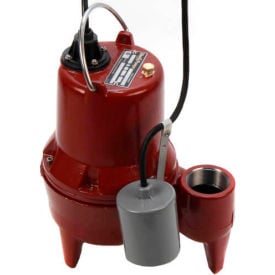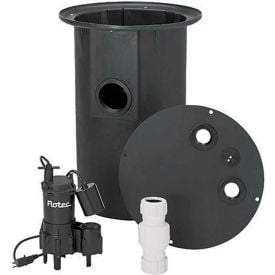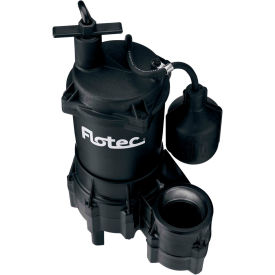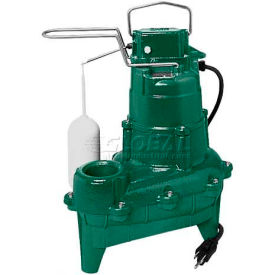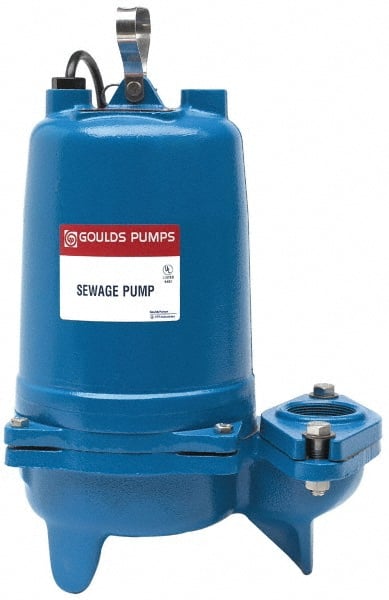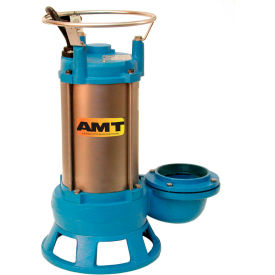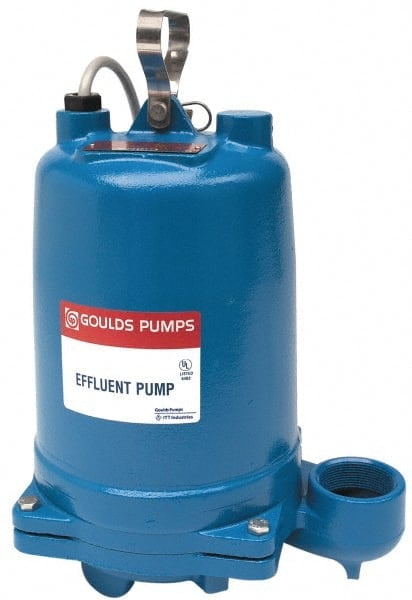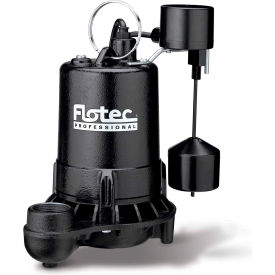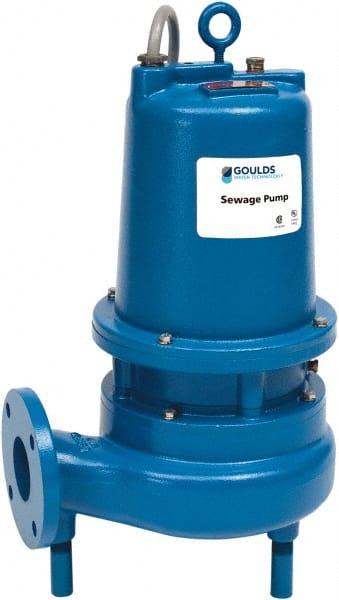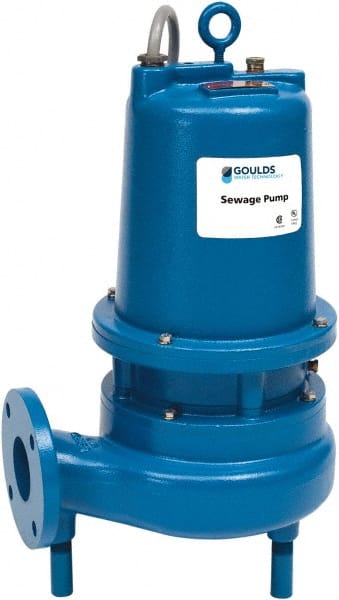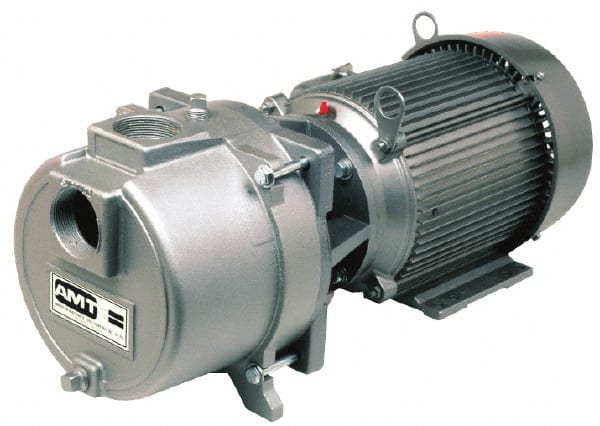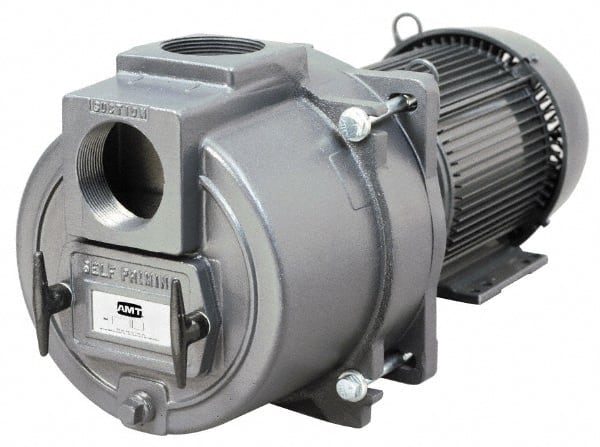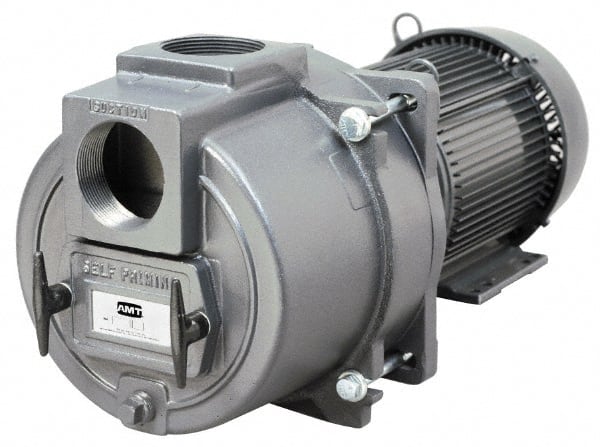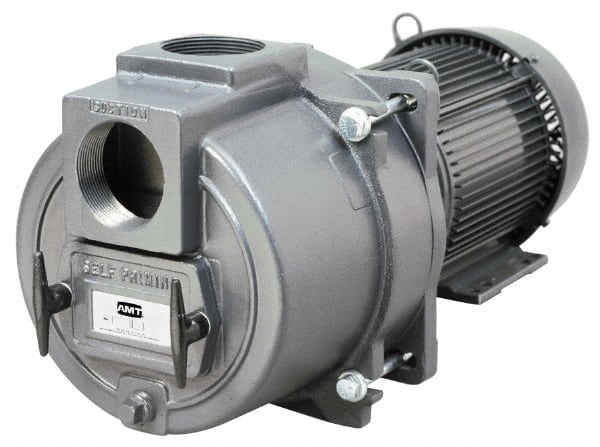Selecting the Right Sewage Pump: A Comprehensive Guide and Top Recommendations

Overview
When gravity alone isn't enough to ensure the smooth flow of wastewater from your home, a sewage pump becomes critical. These powerful devices are the unseen heroes that prevent messy backups and protect your home's plumbing system. But choosing the right sewage pump can seem like a daunting task. This guide aims to demystify the selection process, helping you make the best decision for your needs. Lets get into the details...
Section 1: Size Matters – Determining the Right Horsepower and Capacity
Section 2: Sewage Pumps – Understanding the Key Types
Section 3: Distance & Elevation – Special Considerations
Section 4: Installing a Sewage Ejector Pump: A Residential Guide
Section 5: Top Sewage Pump Recommendations & Comparisons
Section 6: Top FAQs About Sewage Pumps
Section 1: Size Matters – Determining the Right Horsepower and Capacity
The Ideal Sewage Pump for Your Home: Key Factors to Consider
Selecting the right sewage pump is all about matching its capabilities to your household's specific demands. Here's a deeper dive into the crucial factors to consider:
-
Household Size & Bathrooms: More bathrooms directly translate to a higher volume of wastewater your pump needs to manage. Think about the number of residents in your home, as well as regular usage patterns. A small home with a single bathroom might be fine with a 1/2 horsepower (hp) sewage ejector pump. In contrast, larger homes with multiple bathrooms or frequent guest use will likely require at least a 1 hp model, or even higher depending on other factors.
-
Fixtures & Appliances: Don't forget about the other water-using appliances in your home. Do you have a laundry room, a basement sink, or a shower that also drains into your sewage system? Each of these fixtures adds to the potential volume of wastewater, so factor them in when determining pump capacity.
-
Pumping Distance & Elevation: The distance your sewage pump needs to push wastewater horizontally, and especially any vertical distance it needs to overcome, directly impacts the power needed. For longer runs or uphill pumping scenarios, you'll need a pump with both horsepower and a high "head" rating (indicating maximum vertical lift). In extreme cases, where gravity is seriously working against you, a sewage grinder pump might be the only solution to create enough pressure to move waste.
-
Waste Type: Will your sewage pump only handle basic toilet waste and soft solids? Or, does it need to contend with tougher stuff like feminine hygiene products or "flushable" wipes that clog regular pumps? Make sure the pump you choose has the solids-handling capability to match your needs. Grinder pumps excel where sewage ejector pumps might struggle.
By taking a careful inventory of your home's wastewater production and the challenges your sewage lines pose (distance, uphill runs), you'll be well-equipped to select a sewage pump with the appropriate capacity, ensuring a reliable and worry-free plumbing system.
Section 2: Sewage Pumps – Understanding the Key Types
Let's differentiate the main players in the world of sewage pumps:
-
Sewage Ejector Pumps: The workhorse of basement plumbing! Sewage ejector pumps handle "soft" solids like toilet paper and human waste with ease. They are best suited for situations where waste travels short distances and doesn't need too much vertical lift.
-
Grinder Pumps: These champs tackle waste that sewage ejector pumps struggle with. Femine hygiene products, "flushable" wipes (which really shouldn't be flushed), and other non-biodegradable solids are no match for a grinder pump. If your sewage line runs a long distance, pushes waste uphill, or regularly handles tough solids, a grinder pump is a worthwhile investment.
-
Sump Pumps: While essential for flood prevention, sump pumps are not designed to handle sewage. They lack the solids-handling capability and can clog easily when faced with toilet waste. Think of them as specialists in moving groundwater only.
Section 3: Distance & Elevation – Special Considerations
Here's a deeper look at why longer sewage lines and vertical runs might demand a different approach:
-
Overcoming Friction: Picture pushing liquid through a straw; the longer the straw, the harder the task. The same applies to your sewage line. A more powerful pump creates higher pressure to overcome the friction of long horizontal runs.
-
Fighting Gravity: Pushing sewage uphill requires a pump with enough "head" capability. Check the manufacturer's specifications for maximum vertical lift. If gravity isn't on your side, a grinder pump can both grind solids and generate the pressure needed for uphill pumping.
-
Pipe Diameter: Wider sewage pipes, while costlier, reduce friction and allow for more efficient wastewater movement. If you face challenging distance or uphill scenarios, consult a plumber about appropriate pipe size to help your pump do its best work.
Section 4: Installing a Sewage Ejector Pump: A Residential Guide
While professional installation is always the safest bet, here's an overview of what's involved for the DIY enthusiast:
-
Location, Location: Your sewage ejector pump needs a dedicated basin sized to the pump you select. Basements are typically the ideal spot. Ensure there's a nearby GFCI-protected electrical outlet and good ventilation.
-
Pipe Work: The most crucial steps involve connecting the inlet pipe (taking the waste from your home), and the discharge pipe (sending it to the sewer line). A backflow preventer, like a check valve, is absolutely essential to prevent sewage flowing back into the basin.
-
Placing the Pump: Follow the manufacturer's guidelines carefully to secure the pump inside the basin. Most models provide some way to ensure they don't shift during operation.
-
Float Switch Smarts: This is the automatic "brain" of the pump. Proper float switch positioning determines the water levels at which the pump turns on and off. It's usually adjustable and needs calibration based on your basin's size.
-
Power and Protection: Ideally, a dedicated GFCI outlet powers your pump. Never overload the circuit it's on, as sewage pumps can draw significant power when working hard.
-
Test Run: Before backfilling anything, test the system! Fill the basin with water (not waste) and ensure the pump cycles on and off properly, check for leaks in the lines, and confirm the float switch is doing its job.
Replacing an Old Sewage Pump:
- Safety First: Turn off the power and disconnect any electrical lines to the current pump.
- Disconnect Piping: Be prepared for waste to be present in the lines, even with the power off.
- Remove the Old Pump: Have gloves, protective clothing, and cleaning supplies at the ready.
- Install the New Pump: Follow the above installation steps as if it were a brand new setup.
Section 5: Top Sewage Pump Recommendations & Comparisons – Applications and Considerations
Finding the right sewage pump means understanding the different horsepower options and the scenarios where they excel. Let's explore common use cases for a range of power levels:
4/10 to 1/2 Horsepower Options
- Typical Applications: Single bathrooms in smaller homes, guest bathrooms with infrequent use, or basic basement setups with short, gravity-assisted sewage lines.
- Ideal Scenarios: When wastewater volume is low, solids are limited to standard toilet waste, and distances/elevation changes are minimal.
- Explore the following Example Pumps:
3/4 Horsepower Options
- Typical Applications: Homes with multiple bathrooms, basements with laundry hookups, longer sewage runs, or moderate uphill pumping needs.
- Ideal Scenarios: Handling heavier use volume, potentially tougher solids, and moderately challenging distance or elevation requirements.
- Explore the following Example Pumps:
1 Horsepower Powerhouses
- Typical Applications: Larger homes, busy bathrooms, frequent guest usage, basement utility sinks or showers, significant uphill pumping, or regular handling of tougher solids.
- Ideal Scenarios: When you need a reliable workhorse for demanding waste removal situations.
- Explore the following Example Pumps:
2 Horsepower Powerhouses
- Typical Applications: Large homes, multiple bathrooms and fixtures, long sewage lines, substantial elevation changes, commercial settings with moderate waste loads, or scenarios with tougher-than-normal solids.
- Ideal Scenarios: When you need serious capacity and have the space to accommodate a larger basin and potentially more complex installation.
- Explore the following Example Pumps:
3 to 5 Horsepower Workhorses
- Typical Applications: Large-scale residential complexes, commercial buildings, properties with extensive plumbing systems, demanding uphill pumping applications, or waste containing significant, frequent solids.
- Ideal Scenarios: These pumps handle high volumes of waste and the challenges of long, complex sewage lines.
- Explore the following Example Pumps:
6 to 10+ Horsepower Behemoths
- Typical Applications: Municipal sewage systems, large-scale commercial or industrial facilities, high-volume waste transfer over vast distances, or extreme scenarios with significant solids and elevation challenges.
- Ideal Scenarios: Designed for maximum performance in the most demanding wastewater removal situations. Installation and maintenance typically require specialized professionals.
- Explore the following Example Pumps:
Important Considerations Beyond Horsepower
- Solids Handling: Ensure the pump can handle the kind of waste it will encounter. Grinder pumps are a must with tougher solids, while an ejector pump is fine for standard toilet waste
- Basin Size: These heavyweights require sizeable basins to function properly.
- Installation Complexity: Larger pumps usually mean larger pipes, higher voltage electrical needs, and potentially complex basin design for venting and access. Professional installation is almost always necessary.
- Noise & Vibration: Large pumps can be noisy and generate vibrations, impacting their ideal placement. An important factor if the pump is located near living spaces.
- Maintenance: These pumps may require more frequent maintenance and specialized knowledge vs. smaller residential models.
- Energy Efficiency: Look for models with efficient motors to help reduce electricity costs.
- Warranty & Brand Reputation: A good warranty and choosing a manufacturer with a track record of reliability offer peace of mind.
Remember: Choosing the right large pump takes careful analysis. Consulting with a plumber specializing in commercial or industrial plumbing is essential for optimal system design.
Section 6: Top FAQs About Sewage Pumps
Let's wrap up by answering some of the most common questions people have:
-
Q: What size sewage pump do I need?
- A: Start with the horsepower guidelines above, then factor in the number of bathrooms, usage patterns, and the distance/elevation your waste needs to travel. Always consult a plumber if unsure
-
Q: How to pump sewage uphill?
- A: You'll need a pump with enough "head" (lift capacity) for the vertical distance. Grinder pumps excel in these situations because they can create high pressure.
-
Q: How to install a sewage ejector pump in a basement?
- A: Refer to the installation guide above. If you have any hesitation, a professional plumber is always the safest choice.
-
Q: How does a sewage ejector pump work?
- A: Wastewater flows into the basin the pump sits in. When the water level reaches a certain point, the float switch turns the pump on. The pump then pushes the wastewater out of the basin and into your sewer line.
-
Q: How often should a sewage ejector pump run?
- A: There's no single answer. It depends on your household's water use. If the cycle seems overly frequent or infrequent, it could indicate a problem—get a plumber to check it out.
-
Q: How far can a grinder pump push sewage?
- A: This depends on the model, but it's often hundreds of feet horizontally and a significant vertical lift. Check the pump's specifications.
-
Q: How to replace a sewage pump?
- A: Refer to the basic replacement steps above. Safety and proper waste disposal are key!
-
Q: How to install a sewage pump?
- A: Follow the detailed installation guide, but never hesitate to get a plumber if you're uncomfortable with any step, especially plumbing and electrical work.
-
Q: What is a sewage ejector pump?
- A: A special pump that handles toilet waste and other soft solids from homes in basements or where gravity can't move sewage to the sewer line.
-
Q: How does a sewage pump work?
- A: Similar to an ejector pump, but some sewage pumps might have more advanced features or be specific to certain applications. The general concept of the basin, water level trigger, and then pumping waste out holds true.
Conclusion
Choosing the right sewage pump protects your home from potential wastewater nightmares and keeps your plumbing working smoothly.
By understanding your home's needs, researching the types of pumps, and carefully considering the options available, you'll ensure your sewage pump is up to the task. And remember: professional assistance is always a smart choice for complex plumbing installations.
Disclaimer: This blog is intended for informational use. Always consult a licensed plumber for specific advice on choosing and installing sewage pumps.


